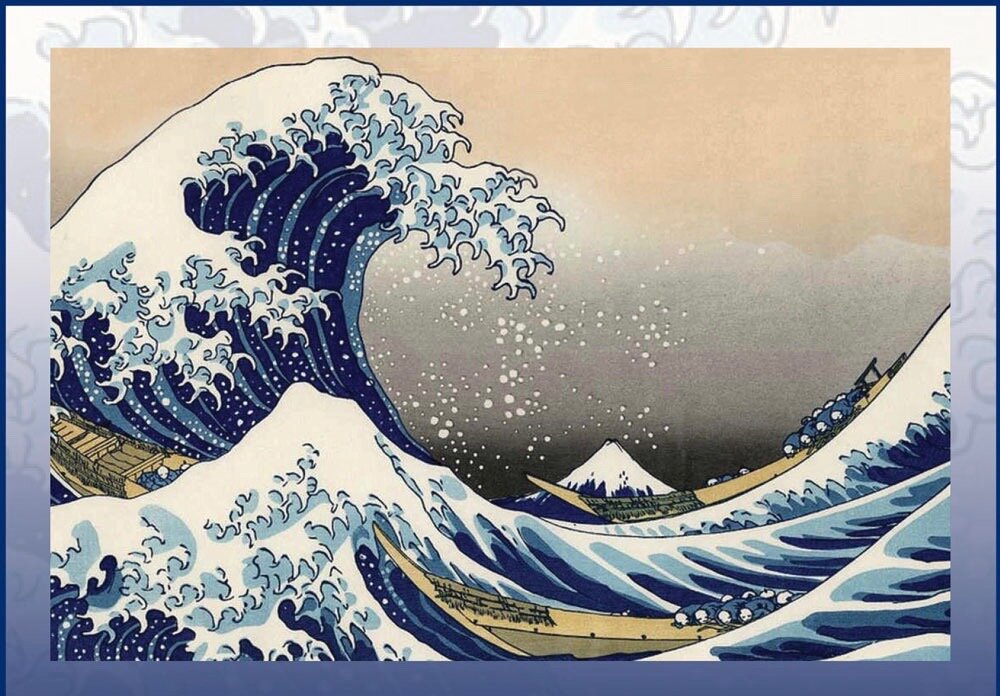I seem to be writing, thinking on two parallel tracks. One is compassion and resiliency, collective reactivity or collective trauma, and practices to ease our frozenness, our numbness, our freeze response (of fight, flight or freeze) or conversely our agitation, our restlessness, our inability to connect with ourselves and others.
The other track is delving into the practices of the foundational Buddhist teaching called The Satipaṭṭhāna Sutta, otherwise known as The Four Foundations or Abodes of Mindfulness. After the customary introductory paragraph stating where this teaching was first offered, the teaching begins with these words of the Buddha’s:
“Monks, this is the direct path for the purification of beings, for the surmounting of sorrow and lamentation, for the disappearance of dukkah (suffering) and discontent, for acquiring the true method, for the realization of Nibbana (Nirvana), namely, the four satipaṭṭhānas.”
This statement gives some idea the regard with which the Buddha held these mindfulness teachings.
We’ve been exploring some of the practices from the first satipaṭṭhāna, Mindfulness of the Body. We’ll continue that exploration tonight.
* * * * *
This week I spoke with some fellow meditators about time and our perception of time. One theme resonated throughout the group. When we are suffering, time seems to stretch out forever. A minute of acute pain for instance feels like an eternity. Getting stuck in the security line at an airport when the scanner breaks down can trigger rising agitation. When I am caught in reactivity, there is a strong impatience with the present moment of suffering. Another word for that impatience is aversion. The present moment in those instances becomes intolerable and the sense that something must change arises.
Our group noticed how this manifests during meditation - periods of restlessness and agitation may arise during which the minutes pass slowly. I’ll check the clock and be aghast that only 3 minutes has passed and wonder how I will manage to sit through the intended 45 minutes. At other times, periods of deep calm pervade during which I am unaware of “time” and emerge at some point later surprised at how much “time” has passed.
Noted meditation teacher, Rob Burbea wrote in Seeing that Frees, “ ...the sense of time becomes more prominent when there is a greater degree of craving or aversion to something... Conversely, when grasping and aversion are relaxed the sense of time becomes much lighter.” (p. 350)
As the group pondered this changing relationship with time, we examined instances when time became burdensome and when it lightened. Finally, one person said in epiphany, “There is no time! The connection is everything.” We all nodded in understanding.
When we are in connection - either with our deepest selves or with others - in genuine connection, not just superficial or unsatisfying conversations, time recedes into the mists as the flow of that connection nourishes our spirits.
And this is where the conversation around resiliency becomes rich and illuminative. When we find ways to soothe and nourish ourselves through our mediation practices or through our connections/interactions/mutual assistance with others in friendships, support groups, community events, volunteer work, etc., we strengthen our core values, we become more fluent in conversing with ourselves, and we forge bonds of connection, mutual support and understanding with others.
This slide came from a course of on "Transforming Climate Trauma" offered by James Baraz and others.
As you peruse it, one thing becomes clear. We need each other. We can’t do this alone.
And we need to be in alignment with ourselves. We can’t do it without being in deep connection to ourselves either.


